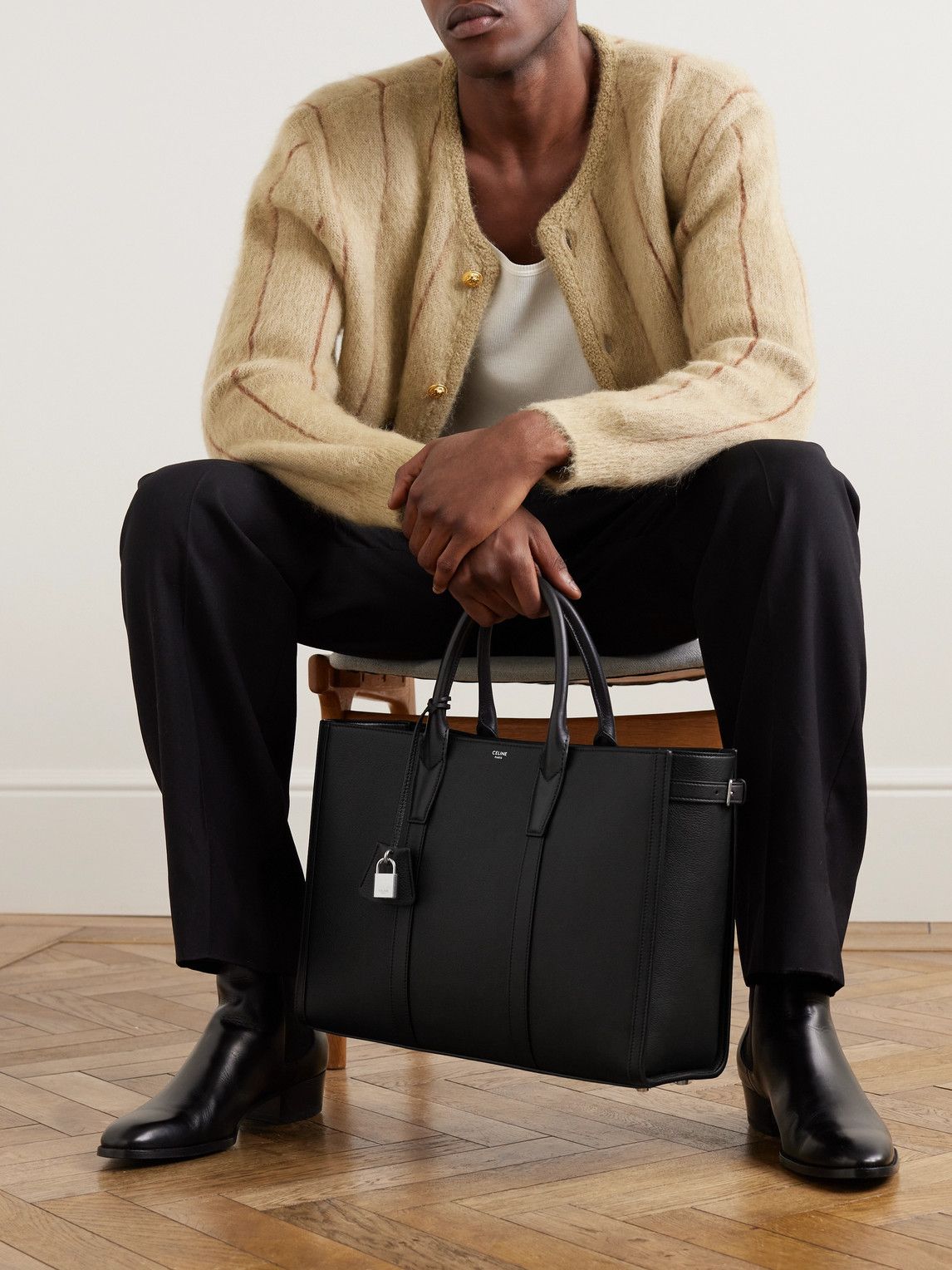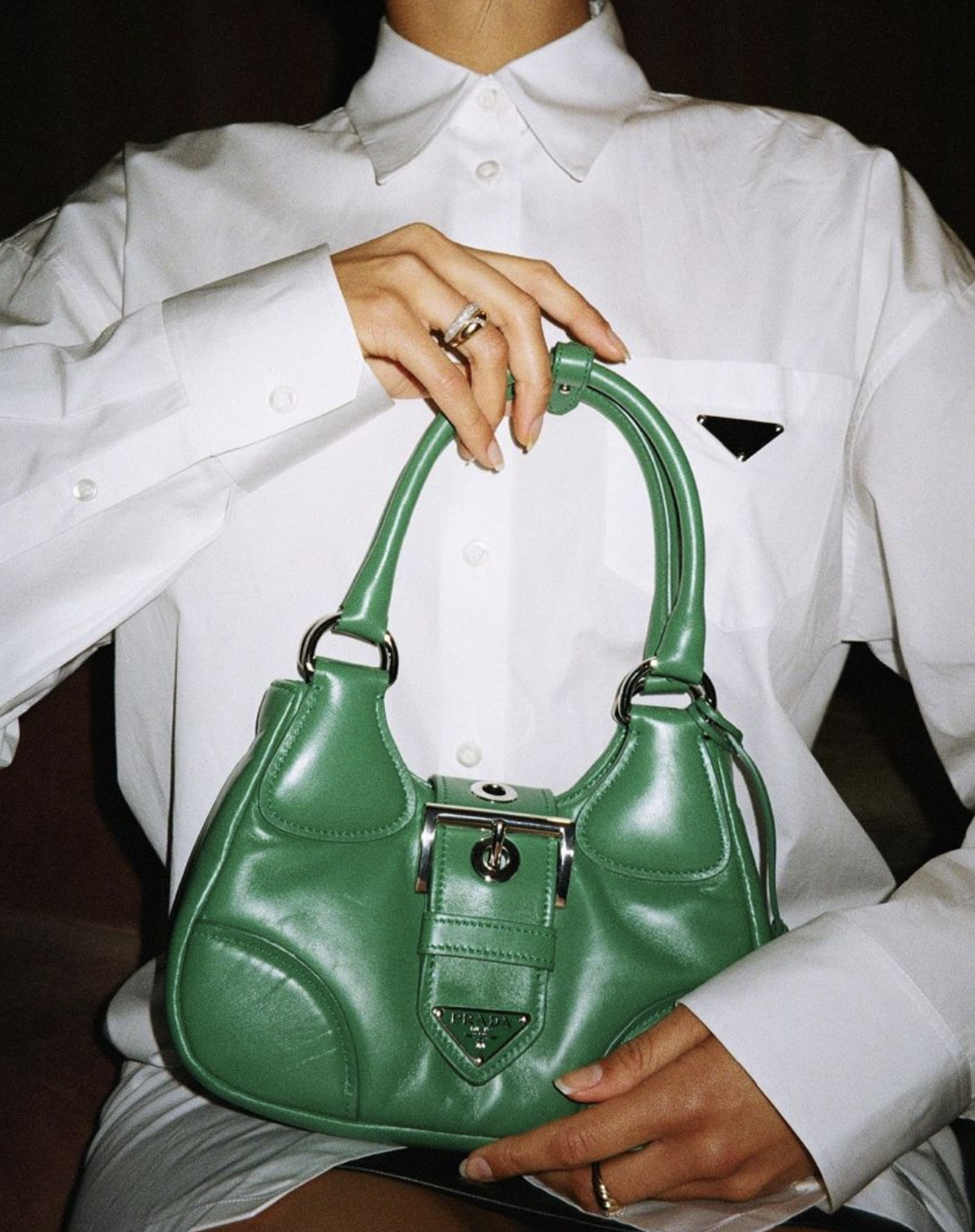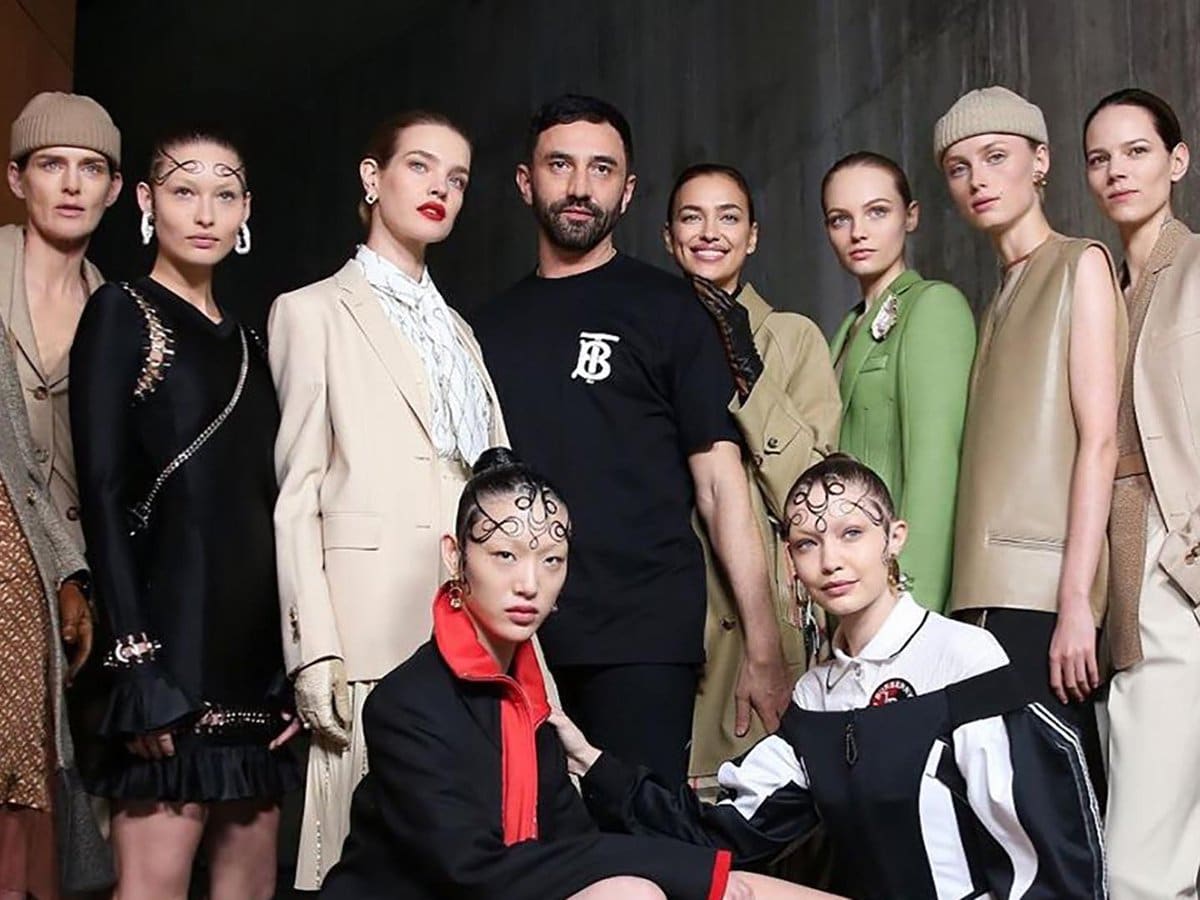A pivotal figure in the world of modern fashion, Miuccia Prada stands as a symbol of intellectual design, subversive aesthetics, and unrelenting innovation. As the creative head of Prada and Miu Miu, her influence extends beyond her eponymous brand, touching every facet of contemporary style and fashion culture. Understanding her significance requires a deep look into her visionary approach, her impact on aesthetics, and her transformative effect on both luxury and mainstream fashion markets.
Intellect and Fashion Come Together: The Prada Style
From the outset, Miuccia Prada distinguished herself by infusing fashion with intellectual rigor. Unlike many contemporaries, her academic background—a PhD in Political Science and training in mime at Piccolo Teatro—provided her with a unique standpoint. She often describes her creative process as one driven by curiosity, skepticism, and dualities: “Ugly chic,” the idea of making unattractive elements desirable, became a signature. For instance, the famed nylon backpack released in 1984 challenged conventions of luxury by transforming a utilitarian material into a coveted item. This move catalyzed a paradigm shift in how luxury brands viewed technical fabrics, stimulating new dialogues around function and form.
The Development of Aesthetics and Resistance to Fashions
Instead of chasing temporary fads, Miuccia Prada is recognized for upending them. Her designs often probe the limits between elegance and discomfort, traditional and modern. The Spring/Summer 1996 collection, as an instance, brought forward muted hues and restrained shapes during an era when lavish glamour ruled the fashion shows. Initially, critics were perplexed, but they soon labeled it as “ugly chic,” a phrase now closely linked with Prada’s identity. This approach—deliberately questioning and redefining what is deemed sophisticated—has maintained the brand as both unpredictable and significant, leading rather than following industry trends.
Advocating for Feminism and Gender Fluidity
One of the most remarkable facets of Miuccia Prada’s influence is her approach to gender and power. Long before inclusivity became industry vocabulary, her designs for Prada and Miu Miu explored notions of empowerment and ambiguity. The Autumn/Winter 2012 Prada collection, widely celebrated for its sharp-shouldered suits and geometric prints, projected a vision of female confidence that rejected conventional sex appeal. Her willingness to showcase androgyny and nonconformity has inspired myriad designers—from Alessandro Michele at Gucci to the creative directors at Loewe and Balenciaga—expanding the spectrum of representation on the global runway.
Advancements in Materials and Environmental Responsibility
Material innovation is another cornerstone of Prada’s modern influence. By embracing industrial nylons, unconventional synthetics, and recycled textiles, Miuccia Prada anticipated the demand for sustainable luxury. In 2019, Prada Group launched the “Re-Nylon” project, introducing bags and accessories crafted from recycled, ocean-salvaged plastic. This pioneering initiative foregrounded environmental consciousness within legacy fashion houses and encouraged competitors to embrace greener practices, directly impacting industry-wide approaches to production, marketing, and consumer engagement.
Disrupting the Fashion Business Model
Beyond design, Miuccia Prada revolutionized the commercial aspect of fashion. With her at the helm, Prada transitioned from a family-operated leather business into a multifaceted luxury group, including fashion, perfume, and art. The pioneering partnerships in store architecture, like those with Rem Koolhaas (OMA), turned flagship stores into cultural landmarks, a model now widespread among worldwide luxury brands. Additionally, she co-founded the Prada Foundation in 1993, merging modern art with business, fostering connections between creative fields, and enhancing the position of global fashion companies as cultural benefactors.
Creating a Lasting Impact Through Teamwork and Guidance
Collaboration has been intrinsic to Prada’s practice. By bringing in Raf Simons as Co-Creative Director in 2020, she challenged traditional notions of solitary authorship within luxury houses. This move set a new industry precedent for creative partnerships and highlighted her ongoing commitment to dialogue, evolution, and innovation.
Her influence also resonates in her mentorship of young designers and artists. Prada’s support for emerging talent through collaborations and institutional programs has helped foster new voices and maintain the progressive pulse of the industry. These efforts, coupled with her institutional initiatives, ensure a dynamic interplay between past, present, and future in fashion narratives.
Effect on Culture and Worldwide View
Miuccia Prada’s vision has transcended clothing to shape global culture. Her pieces are continually referenced in film, art, and literature, emblematic of a certain cerebral chic. Iconic moments, from Uma Thurman’s luminous Prada dress at the 1995 Academy Awards to the subtle, unpredictable uniforms in “The Devil Wears Prada,” have permeated the collective consciousness, becoming shorthand for sophistication touched with intellect.
Este es el texto HTML en inglés reescrito siguiendo tus instrucciones:
The influence she has on both the fashion world and academic circles is acknowledged by many. In-depth analyses from prestigious institutions such as Harvard Business School, along with featured discussions in magazines like Vogue and The New York Times, highlight her exceptional skill in harmonizing financial success, artistic authenticity, and cultural relevance.
A Dynamic Vision That Continues to Shape Fashion
Through her unwavering experimentation and dedication to concepts beyond just visuals, Miuccia Prada demonstrates how fashion can serve as a medium for dialogue and change. Her readiness to defy conventional norms, commit to sustainability, and redefine luxury as flexible rather than rigid has made an enduring impact on the industry. The multifaceted legacy of Miuccia Prada is evident in every designer who dares to challenge, every luxury brand pushing forward with sustainability, and every collection that honors intellect as well as aesthetics. Her vision persistently shapes, challenges, and stimulates the boundaries of contemporary fashion.





